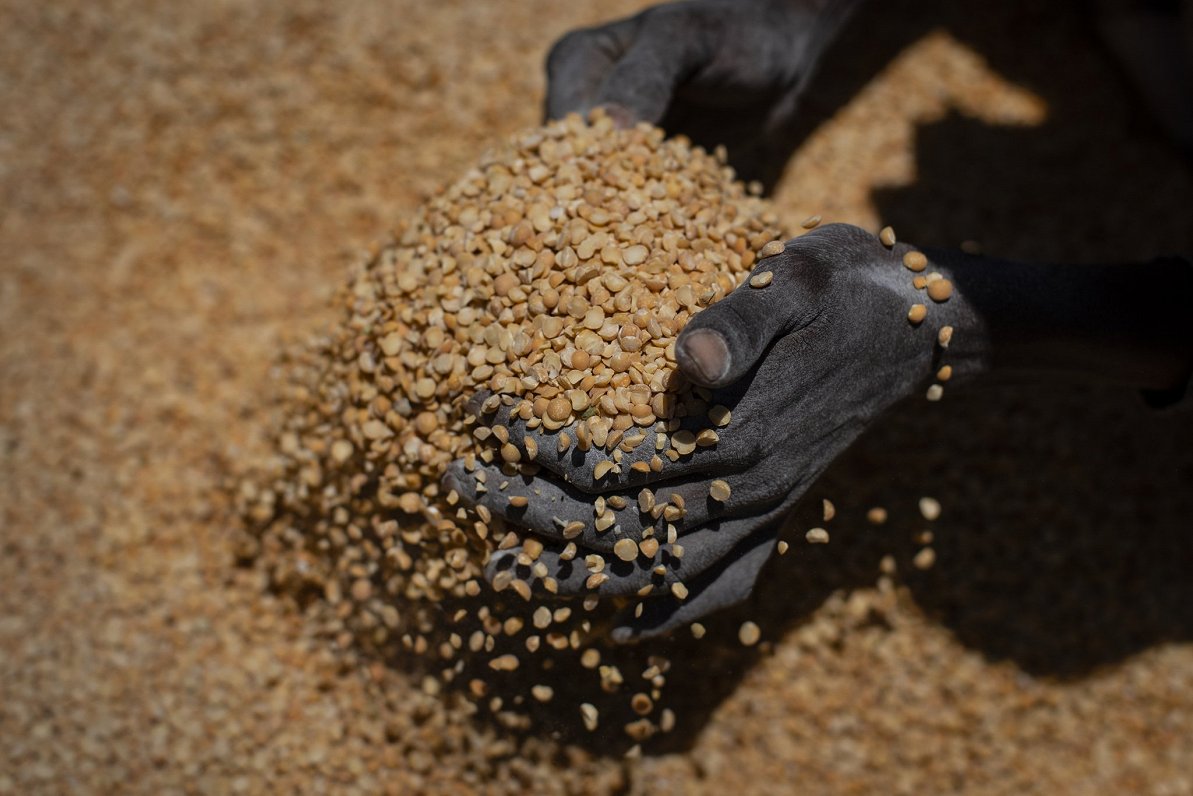Over the next three months, the number of hungry people in the world is expected to rise sharply. UN agencies are warning of this, pointing to 23 hotspots around the world. The UN warning says the situation is being exacerbated by various conflicts, climate change and the spread of Covid-19.
The UN points to 23 hotspots of the threat of famineUģis Lībietis
—
In May this year, 16 different organizations, including the Food and Agriculture Organization of the United Nations and the World Food Program, announced that by 2020, some 155 million people would starve worldwide. This was an increase of about 20 million compared to the previous year. The statement at the time stated that 133,000 people needed food urgently to prevent mass deaths.
The World Food Program and the Food and Agriculture Organization have now released the latest report on 23 hotspots around the world, where famine could rise sharply over the next three months, creating a catastrophic situation. If humanitarian aid is not delivered as a matter of urgency,
The most difficult situation may arise in Ethiopia and its conflict-ridden Tigris region, where the number of people starving to death could rise to 401,000.
This will be the highest rate since 2011 of famine in Somalia.
Madagascar is also still in an unenviable situation, experiencing the worst drought in 40 years, insect attacks on crops and soaring food prices. By the end of the year, about 28,000 people in Madagascar will face acute food shortages.
Since the last report, six more have joined the list of countries at particular risk: Chad, Colombia, North Korea, Myanmar, Kenya and Nicaragua. UN agencies also call attention to developments in Afghanistan, where the withdrawal of US and NATO forces has already led to an increase in violence, facilitating the active movement of people within the country and also jeopardizing the delivery of much-needed humanitarian assistance.
Both organizations point out that the number of people suffering from hunger is not only increasing in number. The consequences are becoming more severe, as the situation is exacerbated by various armed conflicts and the Covid-19 pandemic, which is accompanied by various restrictions on movement, a decline in the purchasing power of the population and rising prices.
UN agencies point out that one of the options that international donors have so far paid too little attention to is to help farmers in the countries directly affected.
Sowing cereals at the right time and in the right amount could help solve the threat of hunger.
The UN also recognizes that in many countries, including conflict-affected countries, humanitarian organizations face significant bureaucratic burdens and resistance, as well as inspections. This only makes it difficult to provide the necessary assistance in time to people in difficulty.
–
Highlight text and press Ctrl+Enterto send the text to be edited!
Highlight text and press Report a bug buttons to send the text to be edited!
–
–


